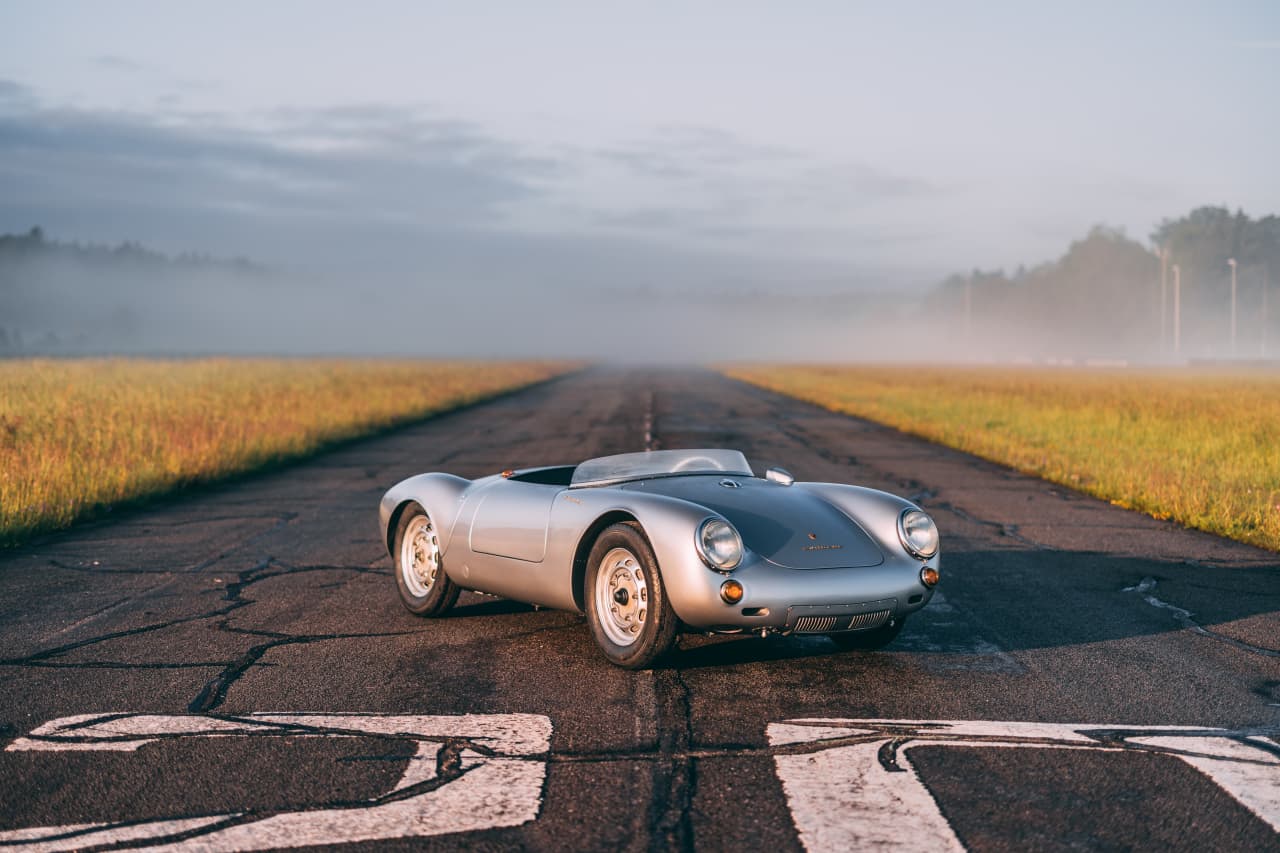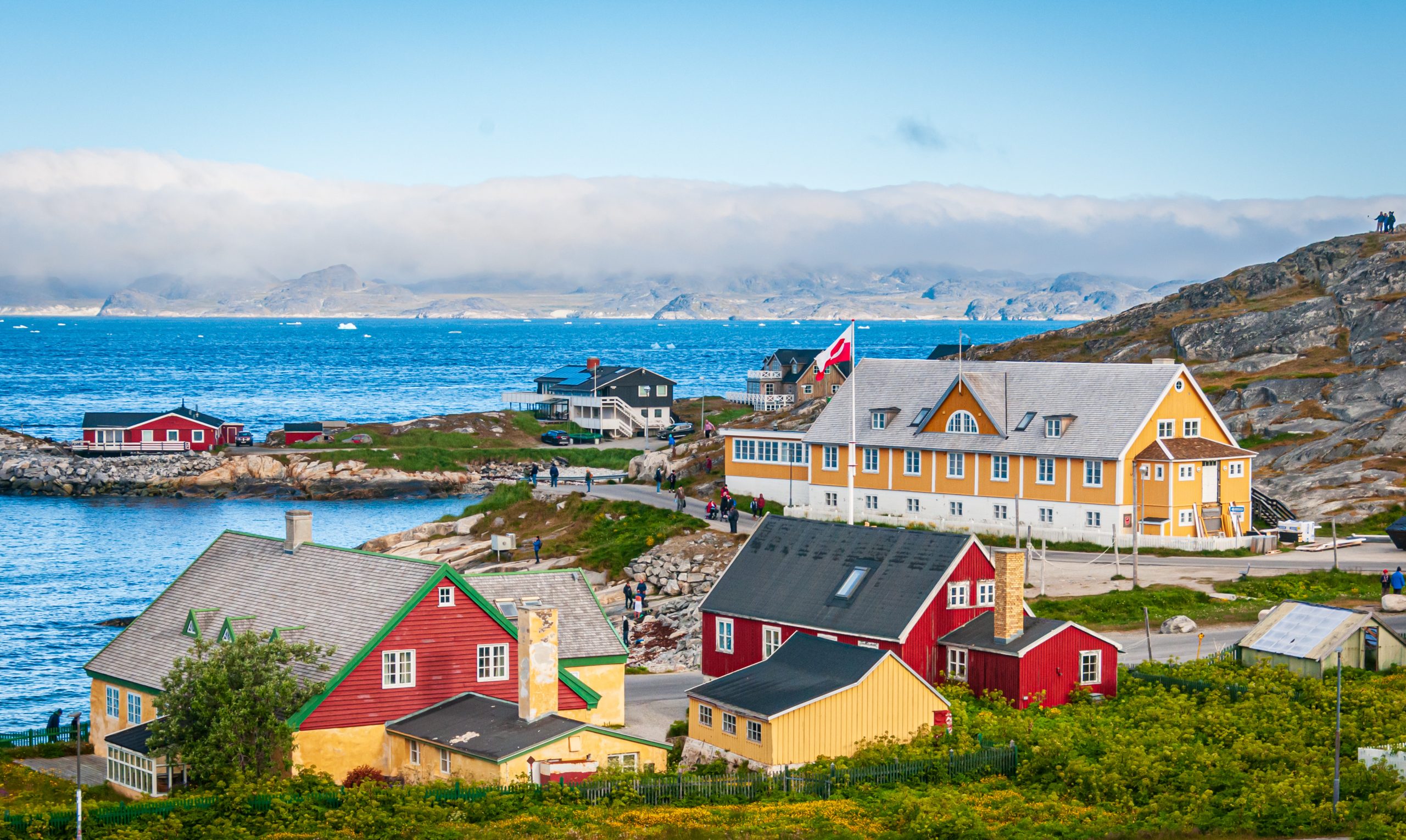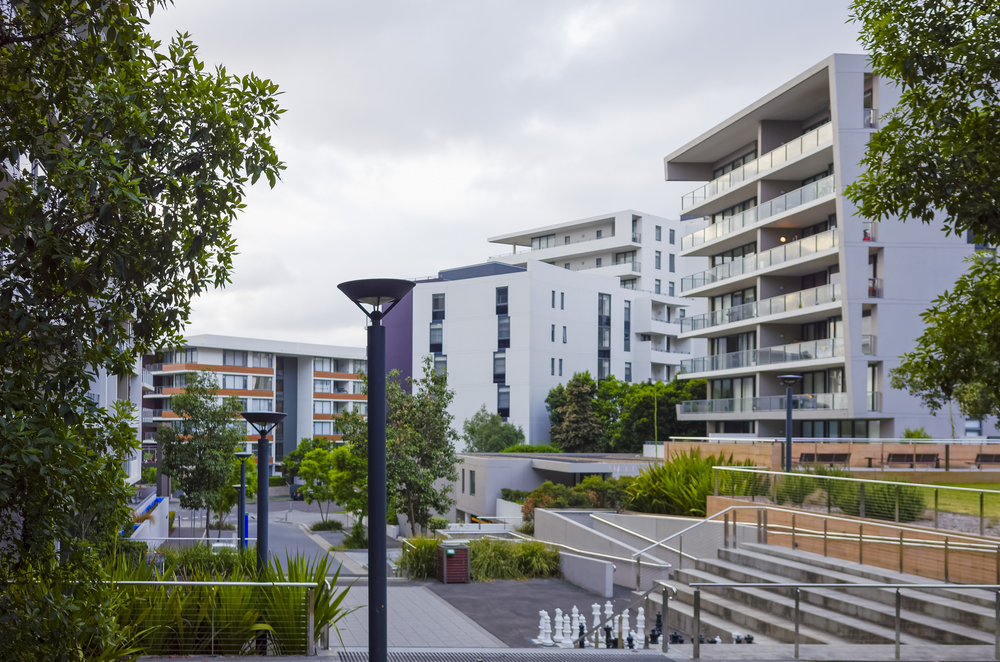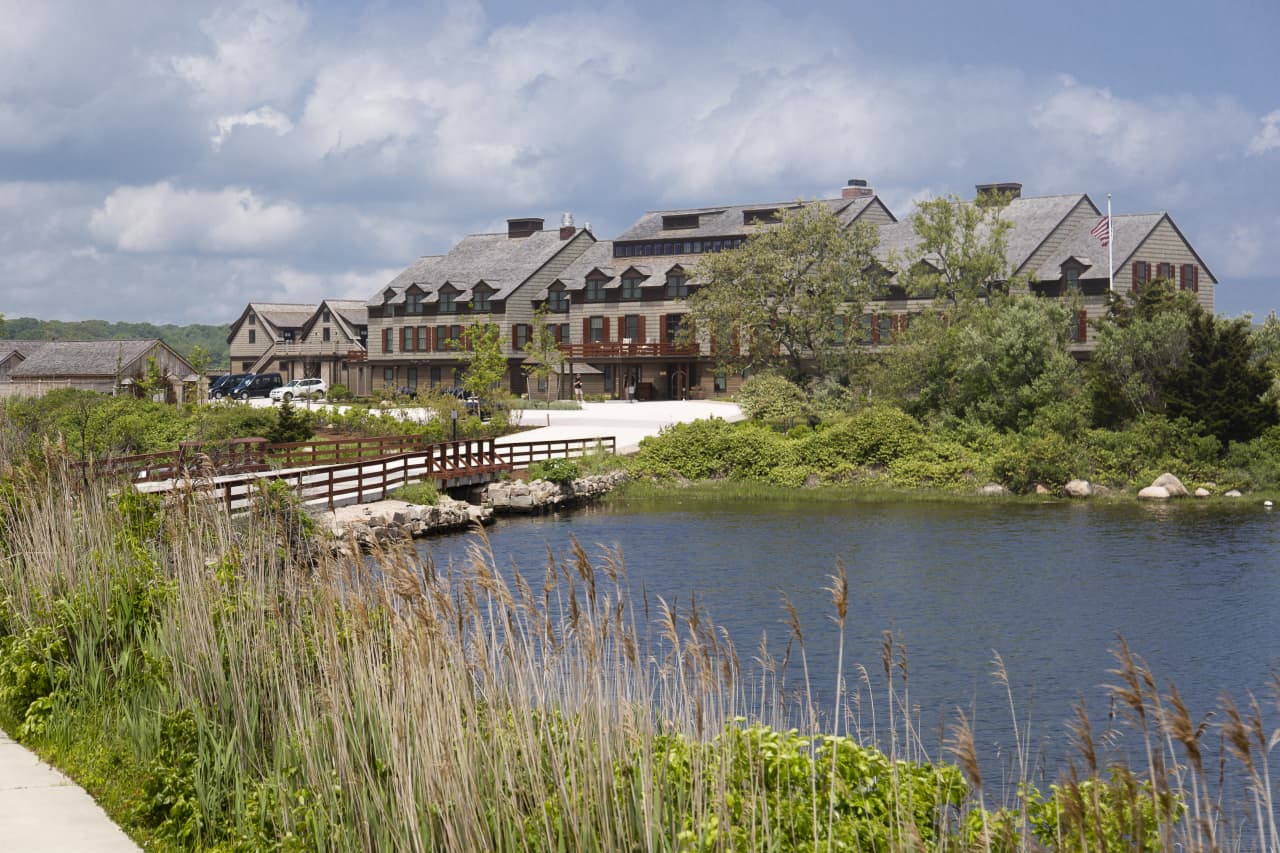A Rare, Historic Porsche Racer Leads RM Sotheby’s New German Sale
The 24-year-old actor James Dean died in a car accident, colliding with a college student at a California intersection on the evening of Sept. 30, 1955. The car he was driving was a Porsche, but not an ordinary 356. It was a very streamlined 550 Spyder, nicknamed “Little Bastard” by the race-crazy Dean.
The 550 Spyder was an out-and-out racer, but the kind that owners could register and drive to and from the track in those days. The open-topped Porsche was made for only three years, from 1953 to 1956, and although they were very successful in competition, only 90 were produced. The mid-mounted “Carrera” engine in the 550 had four overhead camshafts and dual ignition. With twin Solex carburetors, it produced 110 horsepower. That wasn’t a lot, but the 550 Spyder was a very light car, just 590 kilograms (1,300 pounds).
An example of the 550 Spyder, from 1955 with colourful racing history, is one of the cars that will be sold by RM Sotheby’s in an auction by Lake Tegernsee, about 40 minutes south of Munich, on July 27. Also on the block is a pair of modern Bugattis, a rare Mercedes-Benz SLR McLaren Stirling Moss, and a 2006 Porsche Carrera GT. The auction is taking place in partnership with the new Concours of Elegance Germany in Bavaria, held July 22-27.
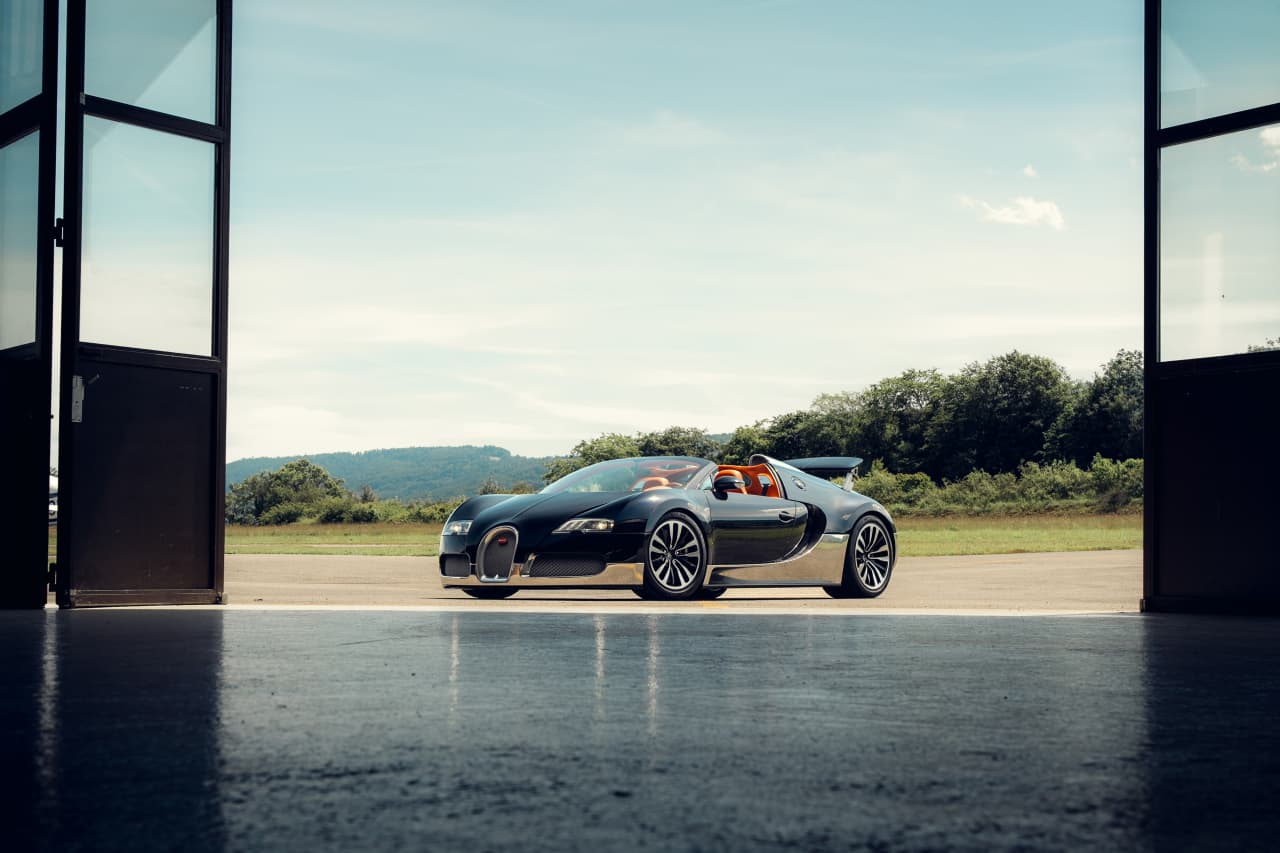
RM Sotheby’s
This Porsche 550 Spyder, with coachwork by Wendler (which also had its hand in the 718 sport racing cars), was delivered to Portugal and competed in European racing circuits. Originally white with burgundy accents, the car was first owned by Fernando Mascarenhas, who achieved class podium positions in races at Barajas and Monsanto in 1955. The 550 then went to Germany that summer for the Nürburgring 500 Kilometres, but the race was cut short because of an accident.
The second owner was Cypriano Flores in 1958. Flores’ son eventually returned the car to Porsche, which did the mechanical work while Wendler restored the body.
Despite the racing, which often results in swapped engines and other components, the 550 still boasts its original chassis, four-cam Carrera motor, and gearbox. The car was restored by Porsche and its original coachbuilder, Wendler, in the early 1990s—and not driven since then. During the restoration, the car’s color was changed to silver, and the interior from beige vinyl to black leather. The pre-auction estimate is €3.5 million to €4.2 million (US$3.78 million to US$4.54 million).
Also to be auctioned at Tegernsee is the aforementioned 2010 Mercedes SLR McLaren Stirling Moss, a virtually unused example with just 45 kilometres on the odometer. First shown in 2009, it was a tribute to the late racing driver’s win in a 300 SLR Mercedes at the 1955 Mille Miglia.
The auction SLR features a lightweight carbon-fibre structure and a supercharged, 5.4-litre V8 with 641 horsepower. A mere 75 Stirling Moss cars were built, and only offered to customers who already owned an SLR McLaren. Without a roof or windshield, the Moss edition was 200 kilograms lighter than the standard car. It could reach 62 miles per hour in 3.5 seconds. The pre-sale estimate is €3.2 million to €3.8 million.
The modern Bugattis include a 2019 Chiron Sport “110 Ans Bugatti” edition, one of 20. The odometer reads only 1,461 kilometres. It’s estimated at €3.3 million to €3.8 million. The other one is the 2010 Veyron 16.4 Grand Sport “Soleil de Nuit,” a one-off Veyron in two-tone black/blue metallic sold new to the royal family of Kuwait. The estimate is €1.5 million to €2 million.
The 2006 Porsche Carrera GT, one of just 1,270 of these race-derived high-performance cars, is also a low-mileage example in silver metallic with 35,698 kilometres showing. It’s powered by a 5.7-litre V10 engine and could reach 62 miles per hour in 3.57 seconds and had a top speed of 205 mph. This one was supplied to Porsche in Leipzig, and a succession of owners barely used it. In 2001, the Porsche benefitted from a major €27,000 service that included a clutch replacement. It’s estimated at €975,000 to €1.275 million.
Porsche collectors might also want to visit the Bonhams|Cars Quail auction during Monterey Car Week starting Aug. 16. The lots include a one-of-62 1971 Porsche 911 S/T (estimated between US$900,000 and US$1.2 million); and a 1993 959 “Komfort” model, one of six, estimated at US$1.5 million to US$2 million.
 Copyright 2020, Dow Jones & Company, Inc. All Rights Reserved Worldwide. LEARN MORE
Copyright 2020, Dow Jones & Company, Inc. All Rights Reserved Worldwide. LEARN MORE
This stylish family home combines a classic palette and finishes with a flexible floorplan
Just 55 minutes from Sydney, make this your creative getaway located in the majestic Hawkesbury region.
The remote northern island wants more visitors: ‘It’s the rumbling before the herd is coming,’ one hotel manager says
As European hot spots become overcrowded , travellers are digging deeper to find those less-populated but still brag-worthy locations. Greenland, moving up the list, is bracing for its new popularity.
Aria Varasteh has been to 69 countries, including almost all of Europe. He now wants to visit more remote places and avoid spots swarmed by tourists—starting with Greenland.
“I want a taste of something different,” said the 34-year-old founder of a consulting firm serving clients in the Washington, D.C., area.
He originally planned to go to Nuuk, the island’s capital, this fall via out-of-the-way connections, given there wasn’t a nonstop flight from the U.S. But this month United Airlines announced a nonstop, four-hour flight from Newark Liberty International Airport in New Jersey to Nuuk. The route, beginning next summer, is a first for a U.S. airline, according to Greenland tourism officials.
It marks a significant milestone in the territory’s push for more international visitors. Airlines ran flights with a combined 55,000 seats to Greenland from April to August of this year, says Jens Lauridsen, chief executive officer of Greenland Airports. That figure will nearly double next year in the same period, he says, to about 105,000 seats.
The possible coming surge of travellers also presents a challenge for a vast island of 56,000 people as nearby destinations from Iceland to Spain grapple with the consequences of over tourism.
Greenlandic officials say they have watched closely and made deliberate efforts to slowly scale up their plans for visitors. An investment north of $700 million will yield three new airports, the first of which will open next month in Nuuk.
“It’s the rumbling before the herd is coming,” says Mads Mitchell, general manager of Hotel Nordbo, a 67-room property in Nuuk. The owner of his property is considering adding 50 more rooms to meet demand in the coming years.
Mitchell has recently met with travel agents from Brooklyn, N.Y., South Korea and China. He says he welcomes new tourists, but fears tourism will grow too quickly.
“Like in Barcelona, you get tired of tourists, because it’s too much and it pushes out the locals, that is my concern,” he says. “So it’s finding this balance of like showing the love for Greenland and showing the amazing possibilities, but not getting too much too fast.”
Greenland’s buildup
Greenland is an autonomous territory of Denmark more than three times the size of Texas. Tourists travel by boat or small aircraft when venturing to different regions—virtually no roads connect towns or settlements.
Greenland decided to invest in airport infrastructure in 2018 as part of an effort to expand tourism and its role in the economy, which is largely dependent on fishing and subsidies from Denmark. In the coming years, airports in Ilulissat and Qaqortoq, areas known for their scenic fjords, will open.
One narrow-body flight, like what United plans, will generate $200,000 in spending, including hotels, tours and other purchases, Lauridsen says. He calls it a “very significant economic impact.”
In 2023, foreign tourism brought a total of over $270 million to Greenland’s economy, according to Visit Greenland, the tourism and marketing arm owned by the government. Expedition cruises visit the territory, as well as adventure tours.
United will fly twice weekly to Nuuk on its 737 MAX 8, which will seat 166 passengers, starting in June .
“We look for new destinations, we look for hot destinations and destinations, most importantly, we can make money in,” Andrew Nocella , United’s chief commercial officer, said in the company’s earnings call earlier in October.
On the runway
Greenland has looked to nearby Iceland to learn from its experiences with tourism, says Air Greenland Group CEO Jacob Nitter Sørensen. Tiny Iceland still has about seven times the population of its western neighbour.
Nuuk’s new airport will become the new trans-Atlantic hub for Air Greenland, the national carrier. It flies to 14 airports and 46 heliports across the territory.
“Of course, there are discussions about avoiding mass tourism. But right now, I think there is a natural limit in terms of the receiving capacity,” Nitter says.
Air Greenland doesn’t fly nonstop from the U.S. because there isn’t currently enough space to accommodate all travellers in hotels, Nitter says. Air Greenland is building a new hotel in Ilulissat to increase capacity when the airport opens.
Nuuk has just over 550 hotel rooms, according to government documents. A tourism analysis published by Visit Greenland predicts there could be a shortage in rooms beginning in 2027. Most U.S. visitors will stay four to 10 nights, according to traveler sentiment data from Visit Greenland.
As travel picks up, visitors should expect more changes. Officials expect to pass new legislation that would further regulate tourism in time for the 2025 season. Rules on zoning would give local communities the power to limit tourism when needed, says Naaja H. Nathanielsen, minister for business, trade, raw materials, justice and gender equality.
Areas in a so-called red zone would ban tour operators. In northern Greenland, traditional hunting takes place at certain times of year and requires silence, which doesn’t work with cruise ships coming in, Nathanielsen says.
Part of the proposal would require tour operators to be locally based to ensure they pay taxes in Greenland and so that tourists receive local knowledge of the culture. Nathanielsen also plans to introduce a proposal to govern cruise tourism to ensure more travelers stay and eat locally, rather than just walk around for a few hours and grab a cup of coffee, she says.
Public sentiment has remained in favour of tourism as visitor arrivals have increased, Nathanielsen says.
—Roshan Fernandez contributed to this article.
This stylish family home combines a classic palette and finishes with a flexible floorplan
Just 55 minutes from Sydney, make this your creative getaway located in the majestic Hawkesbury region.









